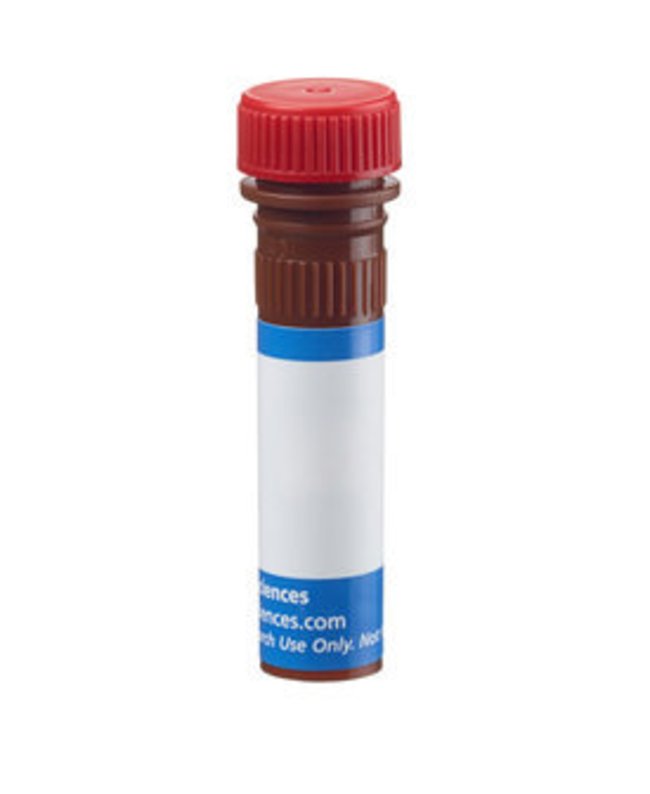CD223 Rat anti-Mouse, PE, Clone: C9B7W, BD, Rat Monoclonal Antibody, Each

Details
The C9B7W antibody reacts with an epitope in the D2 domain of CD223 (LAG3), the 70kDa protein encoded by Lymphocyte-activation gene 3 (Lag3). A fusion protein consisting of the entire extracellular region of mouse LAG3 with mouse IgG1 was used as immunogen. CD223 is a type-I membrane protein with four extracellular Ig-like domains; it is structurally homologous to CD4; and, like CD4, it binds MHC class II molecules. However, unlike CD4, it is not expressed on resting T lymphocytes, in both the human and the mouse. In the mouse, as previously described in the human, CD223 expression is upregulated on T lymphocytes (both CD4 and CD8 ) activated through the T-cell receptor (TCR) and on IL-2-activated NK (LAK) cells, and it is not detected on B cells, dendritic cells, or Phorbol 12-myristate 13-acetate (PMA)-stimulated splenocytes. Studies on human peripheral T lymphocytes suggest that CD223 associates with the TCR to downregulate TCR signaling. In contrast, in vivo and in vitro evaluations of vaccination protocols in mice suggest that CD223 promotes immune responses by activating antigen-presenting cells. Furthermore, NK cells of Lag3-/- mice display defects in their capacity to kill certain tumor cells. Mouse CD223 also has been demonstrated to contribute to the suppressor function of T regulatory cells and the C9B7W antibody has been shown to inhibit this function in vitro and in vivo. Therefore, CD223 appears to play complex roles in the regulation of immune responses. Although the C9B7W antibody is unable to block the binding of MHC class II-IgG2a fusion protein to CD223, it is able to block the CD223-mediated inhibition of IL-2 production by a T-cell hybridoma responding to antigen.
Additional Information
| SKU | 10133285 |
|---|---|
| UOM | Each |
| UNSPSC | 12352203 |
| Manufacturer Part Number | 552380 |
